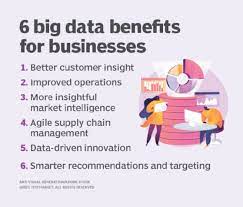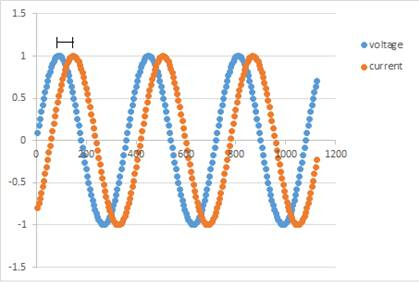Introduction
In the digital age, the term “big data” has become ubiquitous, representing the vast and intricate web of information generated daily. This article explores the definition of big data, its three defining characteristics, and its transformative impact across industries, while also delving into challenges and ethical considerations associated with its usage.
The Three Vs of Big Data
Big data is characterized by the three Vs: volume, velocity, and variety. Volume refers to the sheer amount of data generated, velocity denotes the speed at which data is produced and processed, and variety encompasses the diverse types of data, including structured, unstructured, and semi-structured. Understanding these characteristics is essential for grasping the complexity of big data.
Applications of Big Data Across Industries
Big data has permeated diverse sectors, revolutionizing how organizations operate and make decisions. From healthcare and finance to retail and manufacturing, the applications are vast. Decision-making processes are becoming more data-driven, optimizing efficiency, and uncovering insights that were previously elusive.
Challenges in Handling Big Data
While big data offers immense potential, it comes with challenges. Security and privacy concerns loom large, requiring robust measures to safeguard sensitive information. Additionally, the need for advanced analytics skills is crucial for extracting meaningful insights from the vast pools of data.
Big Data and Business Intelligence
Big data and business intelligence go hand in hand. The integration of big data allows businesses to extract actionable insights, aiding in strategic decision-making processes. The ability to analyze trends, patterns, and customer behavior provides a competitive edge in the dynamic business landscape.
The Role of Machine Learning in Big Data Analysis
Machine learning plays a pivotal role in big data analysis. Automation and predictive analytics powered by machine learning algorithms allow organizations to glean meaningful outcomes from vast datasets. These algorithms adapt and improve over time, providing a continuous cycle of refinement in data analysis.
Real-Time Analytics and Big Data
Real-time analytics is a critical aspect of big data usage. Timely insights derived from live data streams enable organizations to respond promptly to changes. Applications range from monitoring and fraud detection to dynamic decision-making, enhancing overall operational efficiency.
Big Data and Personalization
One of the transformative aspects of big data is its impact on personalization. Companies can customize user experiences, tailoring products and services based on data-driven insights into individual preferences and behaviors. This level of personalization enhances customer satisfaction and loyalty.
Ethical Considerations in Big Data Usage
The rise of big data raises ethical considerations, particularly concerning privacy. Striking a balance between data-driven decision-making and protecting individuals’ privacy is essential. Establishing ethical frameworks and guidelines ensures responsible practices in the utilization of big data.
The Evolution of Big Data Technologies
Big data technologies have evolved from traditional relational databases to more complex structures like NoSQL and Hadoop. The ongoing advancements in infrastructure continue to shape the landscape, providing more sophisticated tools for handling and analyzing large datasets.
Big Data in Smart Cities and Urban Planning
Smart cities leverage big data to optimize operations and enhance urban living. Data-driven insights contribute to improved infrastructure, efficient resource allocation, and enhanced services for residents. Urban planning becomes more dynamic and responsive to the needs of growing populations.
Big Data and Scientific Research
In scientific research, big data accelerates discoveries by facilitating extensive data analysis. Fields such as genomics, climate science, and astronomy benefit from the ability to process vast datasets, uncovering patterns and trends that contribute to groundbreaking advancements.
Future Trends in Big Data
The future of big data holds exciting possibilities. Edge computing and the Internet of Things (IoT) will play a crucial role in shaping how data is collected and processed. Anticipated developments include more sophisticated analytics tools and applications in emerging technologies.
Educational Initiatives and Training in Big Data
To unlock the full potential of big data, addressing the skills gap is essential. Educational initiatives and training programs are pivotal in equipping individuals with the skills needed to navigate the complexities of big data, ensuring a workforce capable of harnessing its transformative power.
Conclusion
In conclusion, big data stands as a transformative force with far-reaching implications. Its impact across various industries, from revolutionizing business operations to advancing scientific research, is profound. Emphasizing responsible usage, addressing challenges, and staying abreast of evolving technologies will shape the ongoing significance and potential of big data in the digital era.



